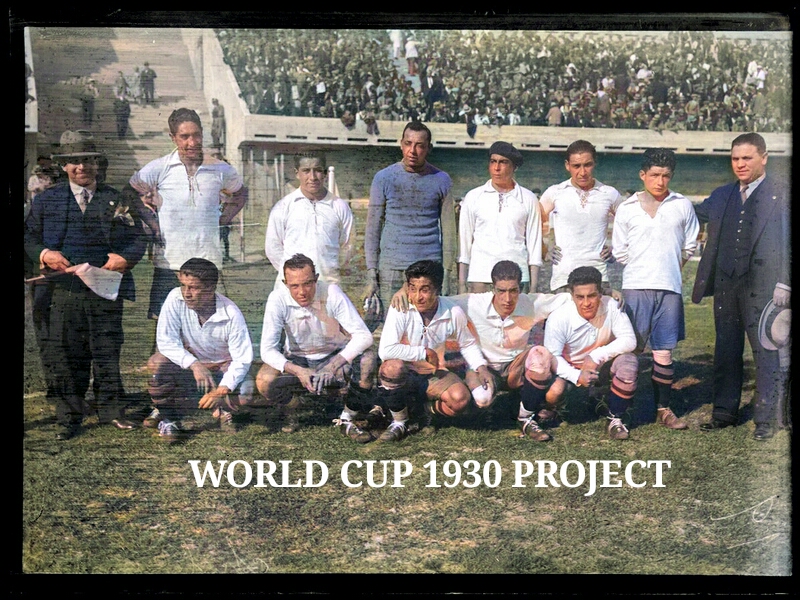Those familiar with the 1930 World Cup may have read in various publications or articles, how just before the final was to kick off there was disagreement among the two teams, Argentina and Uruguay, over the choice of match ball.
In Brian Glanville's The Story of the World Cup (1993), he writes: ''Each team insisted on a ball of native manufacture; a point which hadn't been covered in the regulations...''. Cris Freddi in Complete Book of the World Cup (2002) also raises the issue and noting that the referee, John Langenus, ''ordered each half to be played with a different ball.'' These are just two references of many that relate to this story. Langenus would toss a coin to determine which ball would be used first, ''To a fusillade of firecrackers, he did. Argentina won'', described Glanville.
It is worth noting in reviewing a quick sample of contemporary match reports, none of the them mention the disagreement, for instance Argentina's La Nacion (31 July 1930) and El Grafico (9 August 1930) were more concerned about the death threats aimed at Luis Monti. But was this because it appears that the Argentinians were being petty about the choice of ball, and the Argentinian press were conveniently ignoring it?
It should be noted that this was an era before FIFA had exclusive contracts with certain ball manufactures to provide balls for the World Cup, and Glanville is right when he points out that this was not covered in the regulations. It was down to the hosts, more specifically the organizing committee, to provide the balls for the whole competition.
When I first read about this story in the dramatic build up to the final, it seemed that the Argentinians were causing trouble with their bitter rivals, an intent to unnerve the Uruguayans moments before the match. And the decision of Langenus to use both balls for different halves was some kind of fair solomonic compromise.
But information provided by Rony J Almeida in his book Where the Legend Began (2006), in my opinion, makes the Uruguayans to be the ones being petty and difficult. According to Almeida, on July 9th 1930, the Organizing Committee had made the choice to use Argentinian made footballs as the official World Cup match ball. Apparently, it was a political decision by the Uruguayan FA, ''...in spite of Uruguayan government interests'', wrote Almeida.
There were high level request made to the organizing committee, such as from the Secretary of Public Education, in charge of the Director of Sports, to use locally made footballs. However, the Organizing Committee believed that the ''high level'' requests were too closely linked to business interests i.e that they had a close relationship with the ball manufactures, and the committee took the ethical decision to go with the Argentine manufacturers.
So, it was the Uruguayans who wanted to ignore the decisions of the organizing committee and it begs the question why the field administrators, competition organizers and the referee Langenus didn't stick to the rules? Was there some kind of bias going on here as the stakes were raised for the title of World Champion? And did it really matter? Probably not. Some of the Argentinians did not play so well in the final, intimidated by the tense atmosphere during the build up to the match, and the Uruguayans adopted a tough physical game to win the final 4-2 and become first ever World Champions.

No comments:
Post a Comment